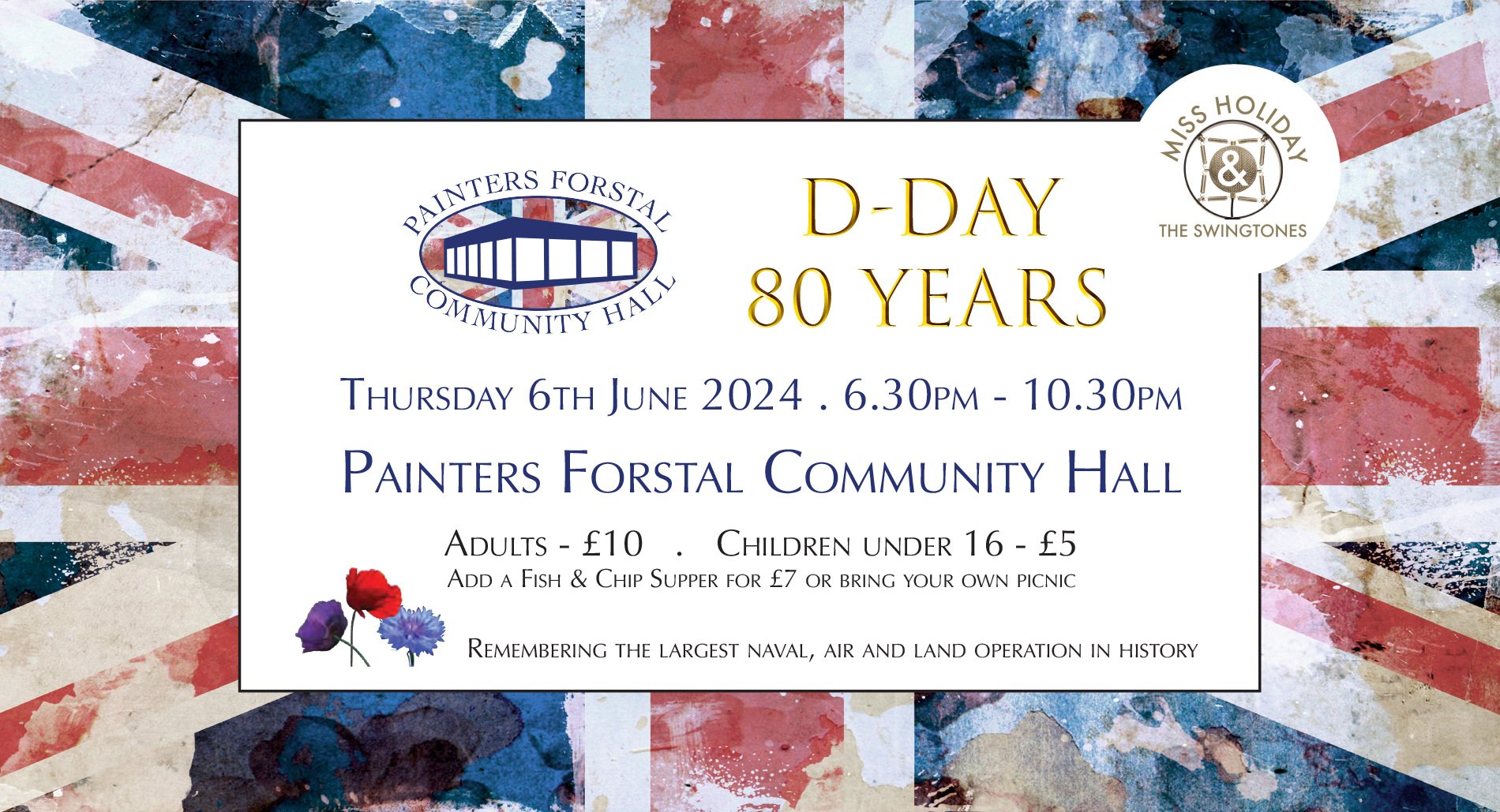How the British weather nearly stopped D-Day.
The D-Day invasion of June 6, 1944, stands as one of the most significant military operations in history. While meticulous planning, superior strategy, and sheer bravery were key to the success of D-Day, the weather played a pivotal role that could have dramatically altered the course of the operation.
Allied commanders needed a specific combination of weather conditions to be able to launch the invasion. The air operations required clear skies and a full moon for good visibility. The naval operation needed low winds and calm seas. While the ground troops needed to land at low tide. The military planners relied on meteorologists who were able to measure temperature, humidity, precipitation and cloud cover, but as we know even in the 21st century with modern technology, the weather can be hard to predict.
The chief meteorologist, Captain James Stagg, knew that a full moon and a low tide was due to coincide on the 5th, 6th and 7th June in 1944 but being able to predict further weather conditions more than a day or two in advance was difficult. If they failed to launch during this critical, narrow window the invasion would be delayed for another two weeks due to the required tidal conditions. Such a delay risked the Germans discovering the Allies' plans and fortifying their defences. But if they got the forecast wrong the lives of thousands of men could be lost.
Initially, the best day looked to be June 5th but when the weather began to deteriorate on June 4th General Eisenhower decided to delay for 24 hours. The Germans were so confident that the bad weather would put a stop to any invasion that the German Commander in charge of defending the French coast went back to Germany for his wife’s birthday. After intense deliberation, Eisenhower made the bold decision to proceed with the invasion on June 6th, based on the meteorologists' prediction of a temporary lull in the adverse weather.
However, the weather on D-Day was still not ideal. Strong winds and rough seas caused problems for the landing craft and brought the tide in more quickly than anticipated, swamping or delaying the landing craft and making the beach obstacles harder to navigate. Strong winds scattered the paratroopers and causing them to land far from their intended drop zones.
Nevertheless, the invasion on June 6th 1944 was a success and marked a turning point in World War II, leading to the liberation of Western Europe from Nazi occupation. The decision to proceed despite uncertain weather conditions was a testament to the bravery and resolve of the Allied forces and highlighted the critical role of meteorology in military strategy. The legacy of D-Day is not only one of military triumph but also of the remarkable interplay between human ingenuity and the forces of nature.
We are honoured to be hosting a special event at Painters Forstal Community Hall to commemorate the 80th anniversary of D-Day and we are hoping for fabulous weather. The event starts at 6.30pm and the fabulous Miss Holiday and the Swingtones will provide live music from 7pm. We will then join the nation in playing the Last Post and lighting the Painters Forstal beacon at 9.15pm. You can either bring your own picnic or enjoy the most British of meals, a fish and chip supper, for an extra £7. There will also be a licensed bar. Adult tickets are £10 and children under 16 are £5. You can book your tickets and fish & chips via our website or by visiting The Alma public house in Painters Forstal.
We hope to see you there.


